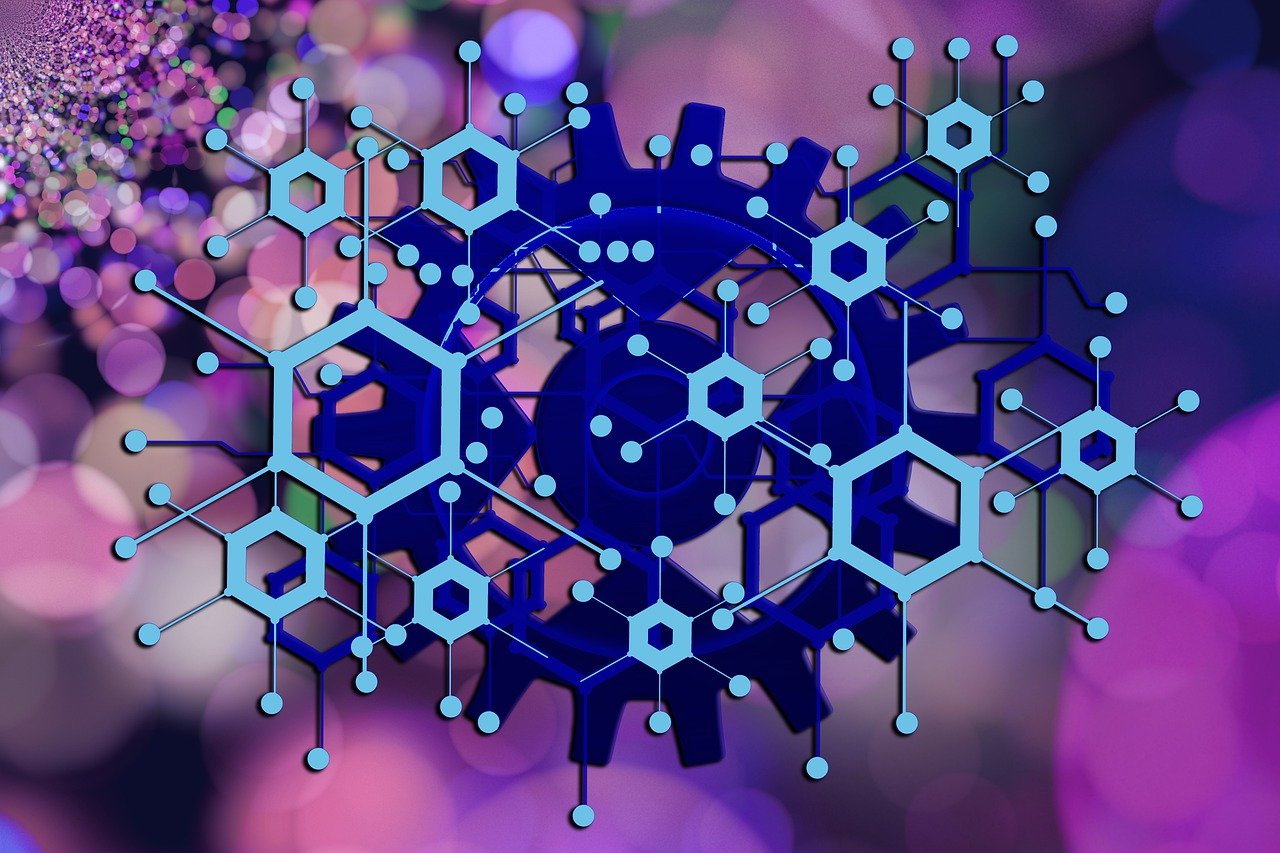The digital age has seen remarkable strides in blockchain technology, with innovations that extend beyond digital currencies to encompass real-world assets (RWAs).
RWA tokenization represents one of the most groundbreaking applications of blockchain technology, seamlessly integrating physical assets like real estate, commodities, and securities into the digital realm. This detailed guide delves into RWA tokenization, exploring its fundamentals, the process involved, and its vast potential within the financial sector.
What is RWA Tokenization?
RWA tokenization is the process of converting rights to an asset into a digital token on a blockchain. Essentially, this means representing physical assets digitally in a secure and immutable manner, enabling easier, faster, and more cost-effective transactions. As blockchain technology progresses, the scope of assets eligible for tokenization has expanded, now including everything from artwork and real estate to commodities and more.
The Appeal of Real World Assets (RWAs)
Traditionally, RWAs like properties, art, and gold have been considered stable investments. However, their investment and management involve substantial bureaucracy, lack of liquidity, and high entry barriers. Blockchain technology proposes a transformative solution by digitizing these assets, thereby enhancing their accessibility, lowering costs, and improving transactional efficiencies.
The Process of Tokenizing Real World Assets
Tokenization involves several key steps, each critical to ensuring the asset’s successful transition onto the blockchain:
- Asset Selection and Evaluation: Identify and assess the asset for tokenization. This involves understanding its market value, ownership rights, and economic viability.
- Legal Preparation: Establish a legal framework to ensure compliance with relevant regulations. This often involves setting up a Special Purpose Vehicle (SPV) to hold the asset and manage the legal aspects of tokenization.
- Fractionalization: Divide the asset into shares or units, which can be represented by tokens. This process is crucial for determining the number and price of tokens to be issued.
- Token Creation: Develop and deploy tokens on a blockchain platform using smart contracts. These tokens represent fractional ownership or rights to the underlying asset.
- Distribution: Launch the tokens through initial offerings or private placements, followed by public trading on secondary markets.
- Ongoing Management: Monitor and manage the tokenized asset, ensuring compliance with legal and operational requirements.
Benefits of Tokenizing Real World Assets
Tokenization offers a myriad of benefits that significantly enhance the attractiveness and efficiency of investing in real-world assets:
- Increased Liquidity: By fractionalizing assets and facilitating their trade on blockchain platforms, tokenization enhances market liquidity, making it easier for investors to buy and sell assets.
- Lowered Barriers to Entry: Tokenization democratizes access to investment opportunities, allowing small-scale investors to participate in markets traditionally dominated by institutional investors.
- Enhanced Transparency and Security: The use of blockchain ensures that transactions are transparent, secure, and immutable, reducing the risk of fraud and enhancing trust.
- Global Reach: Blockchain technology enables the global trading of tokenized assets, transcending geographical and regulatory boundaries.
- Cost Efficiency: By streamlining processes and removing intermediaries, tokenization reduces the costs associated with asset transactions and management.
Challenges and Considerations
Despite its benefits, RWA tokenization is not devoid of challenges. Regulatory uncertainty, technological complexities, and market acceptance are significant hurdles. Moreover, ensuring the legal and operational alignment of tokenized assets with existing financial systems is crucial for their broader adoption.
The Future of RWA Tokenization
The potential for RWA tokenization is vast, with experts predicting significant growth in the sector. Financial giants like BlackRock and Goldman Sachs are already exploring blockchain applications for traditional assets, signaling a shift towards more integrated, technology-driven financial markets.
Conclusion
RWA tokenization stands at the frontier of financial innovation, offering a bridge between traditional asset markets and the burgeoning world of blockchain technology. By transforming the way assets are managed, traded, and invested in, tokenization not only promises to enhance the efficiency and accessibility of markets but also to reshape the global financial landscape. As technology advances and regulatory frameworks evolve, the tokenization of real-world assets is poised to become a pivotal aspect of the digital economy.
If you are interested in trading digital currencies, then AI trading platforms like Finance Phantom are a good choice for you.
The information provided on this website should not be interpreted as financial or investment guidance and may not embody the perspectives of Forex Tools Trader or its contributors. Forex Tools Trader does not hold responsibility for any financial setbacks experienced due to the use of information provided on this website by its writers or patrons. It's essential to thoroughly investigate and make informed decisions before entering any financial commitments, particularly concerning third-party reviews, presales, and similar ventures. The content you are viewing may be sponsored content, read our full disclaimer to learn more.



